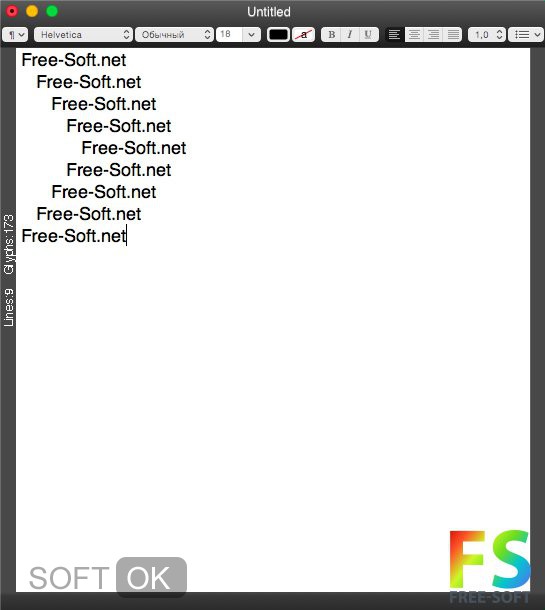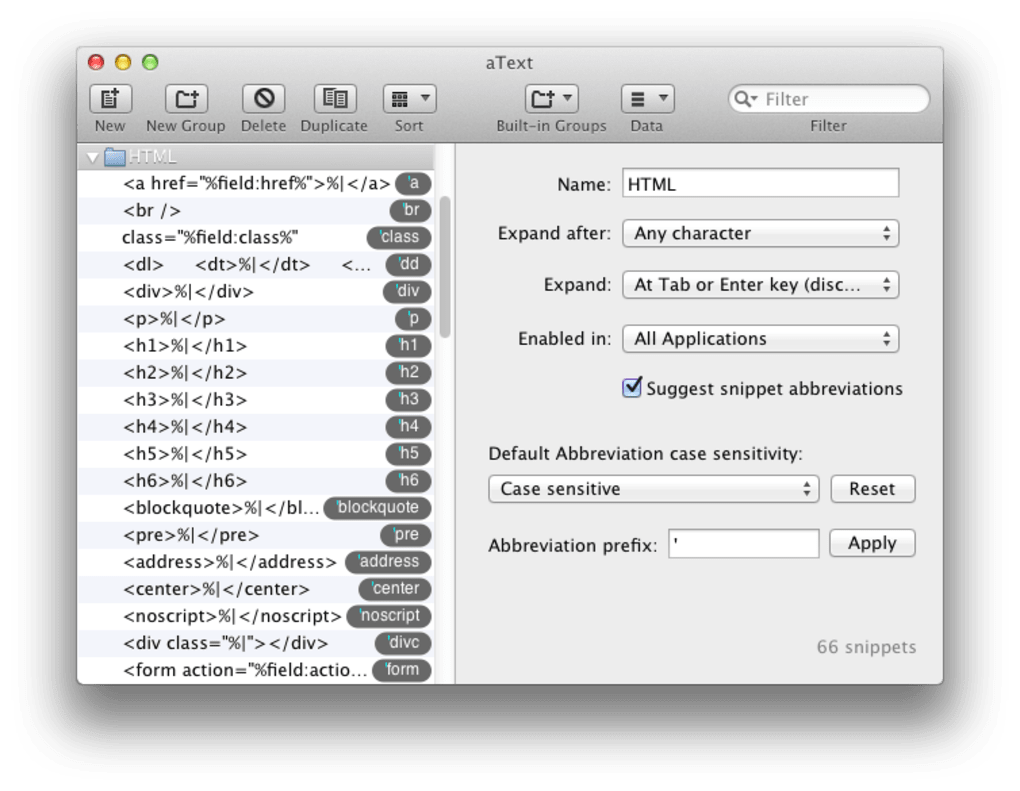
It has been suggested that genetic modularity affects the evolutionary dynamics of species, which in turn influence the evolution of molecular networks regulating morphogenesis 17, 19.

Modularity, referring to the strong internal integration and weak interactions among morphological subsets 17, is another aspect of patterns of heterochrony to consider 18. Given such somatic integration between the skull and the brain, we tested whether the heterochronic changes in embryonic ossification reflect the evolution of brain size.

Ontogenetically and evolutionarily, the expansion of the cranial vault reflects brain size increase 13, 14, 15, as shown also for humans 16. During the early evolution of mammals in the Jurassic, brain expansion was associated with the acquisition of the neocortex and diversification of sensory faculties 12. In this study, we show that the timing of bone formation in the mammalian skull is greatly influenced by two factors such as brain size and developmental modularity caused by the mode of ossification.Įncephalization is a central phenomenon in mammalian evolution, one that has led to the largest brained vertebrates 12, as best exemplified by primates and cetaceans. However, the ancestral patterns of craniogenesis timing and factors behind the cranial heterochrony remain largely unknown. This approach has served to identify fundamental differences in postcranial osteogenesis between marsupials and placentals 10, and unsuspected variation in placental development 11. Microtomographic imaging allows documentation of the onset of individual bone ossification, a powerful marker for tracing perinatal anatomy. Recent progress in high-resolution imaging techniques has provided new avenues to non-destructive investigation of fetal and neonatal specimens from museum collections. The critical stages for examination of organogenesis are fetal or around the time of birth 6, 7, and thus non-model organisms are rarely available and difficult to sample 8, 9. Until recently, most mammalian heterochronic studies have focused on postnatal life, and our knowledge of fetal development has largely been restricted to model organisms 5. Simple alterations in the onset, duration and tempo of development are regarded as causes of profound morphological changes 4. A major aspect of skull diversification is heterochrony, or changes in developmental timing, for which genetic mechanisms are now increasingly being understood 2, 3. The mammalian cranium displays great morphological disparity, reflecting the wide spectrum of ecological diversification in the group 1. We argue that cranial heterochrony in mammals has occurred in concert with encephalization but within a conserved modular organization. Furthermore, association between developmental timing of the supraoccipital and brain size was identified among amniotes. Ossification timing of the neurocranium was considerably accelerated during the origin of mammals.

However, some skull-roof bones, such as the supraoccipital, exhibit evolutionary degrees of freedom in these constraints. We show that the mode of ossification (dermal or endochondral) unites bones into integrated evolutionary modules of heterochronic changes and imposes evolutionary constraints on cranial heterochrony. This comprehensive data set allows reconstruction of the heterochronic and modular evolution of the skull and the condition of the last common ancestor of mammals.

Here we present the embryonic ossification sequence of 134 species, covering all major groups of mammals and their close relatives. The multiple skeletal components of the skull originate asynchronously and their developmental schedule varies across amniotes.


 0 kommentar(er)
0 kommentar(er)
